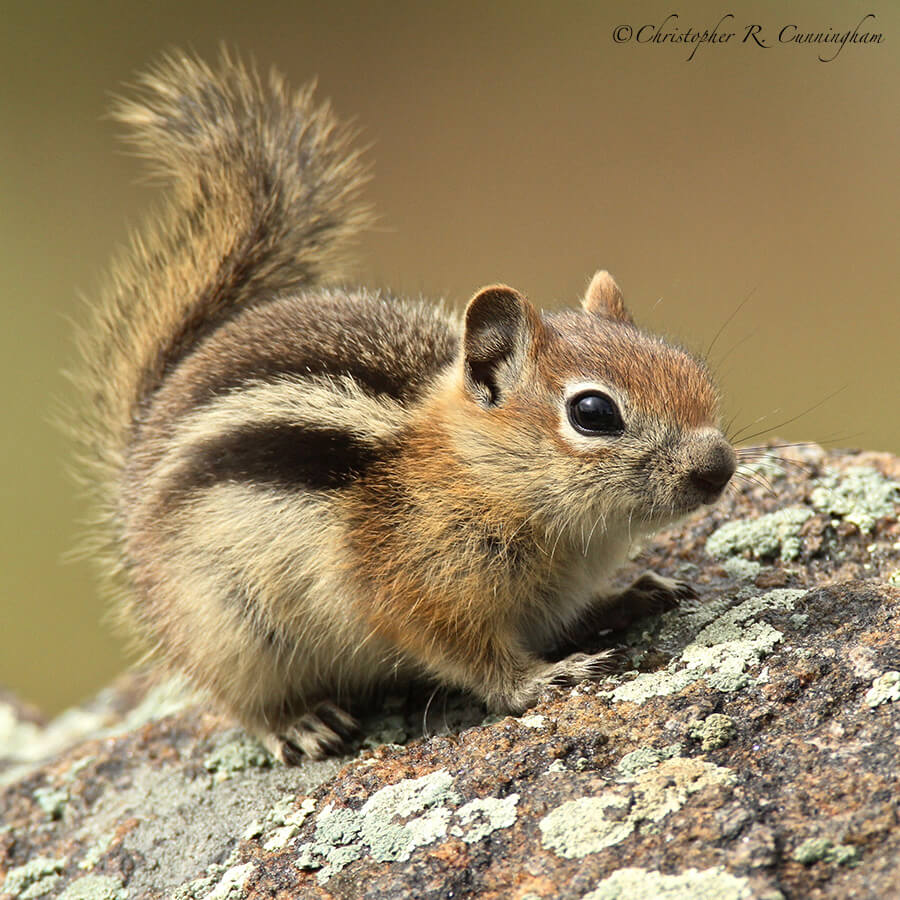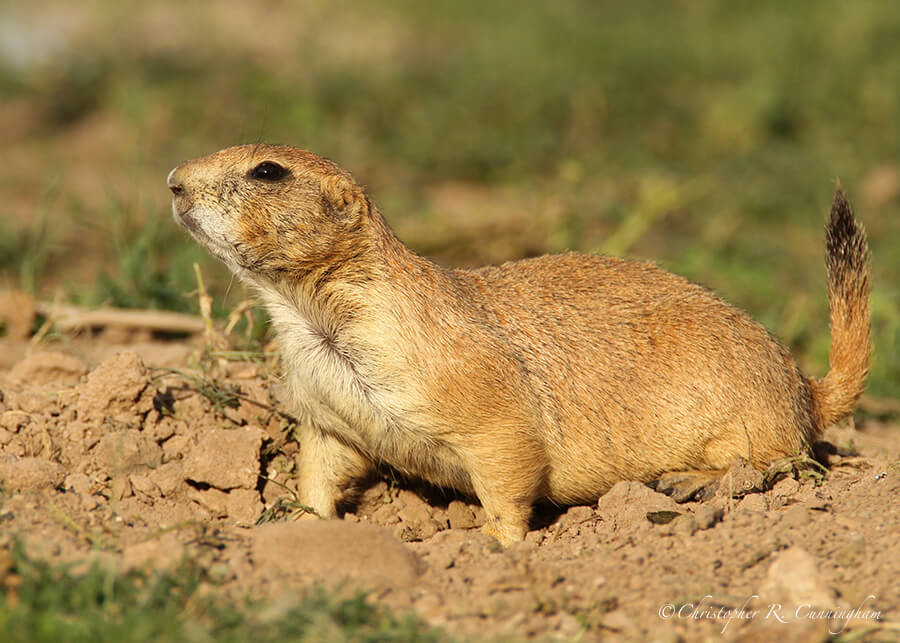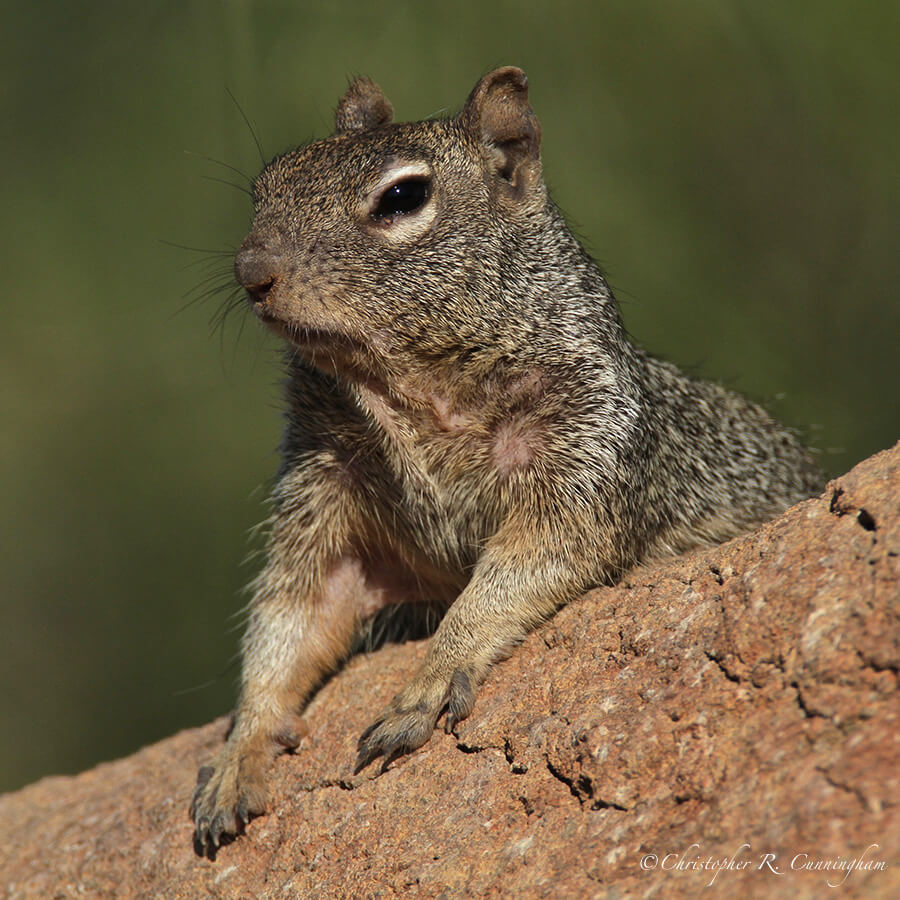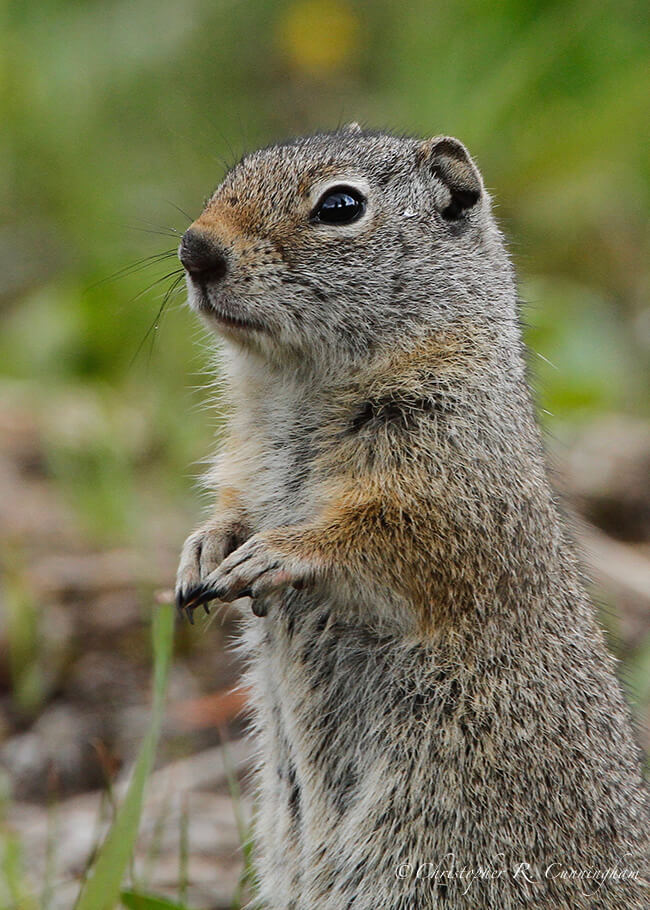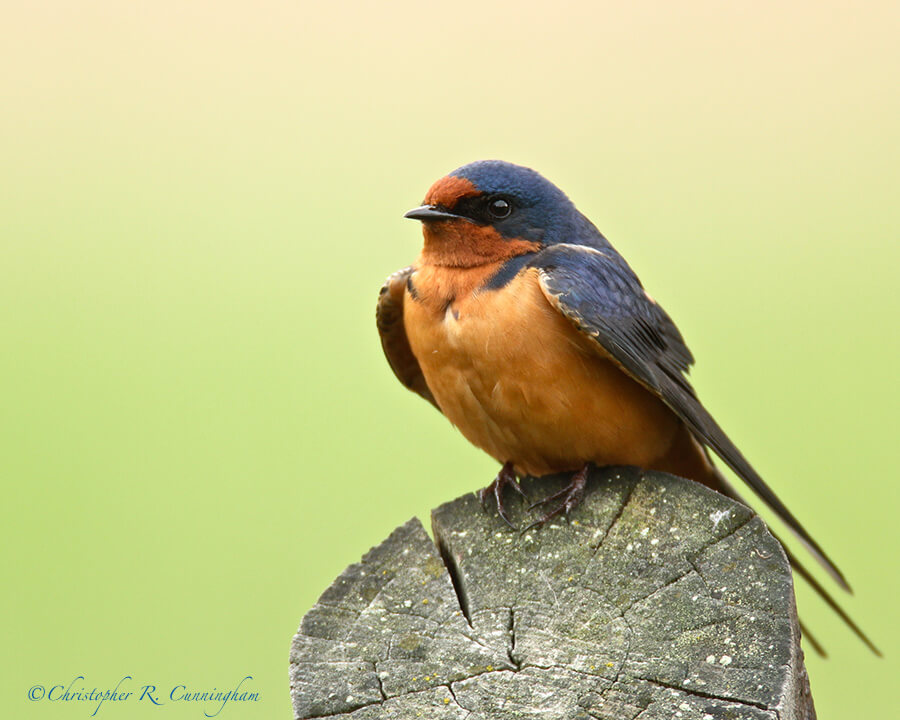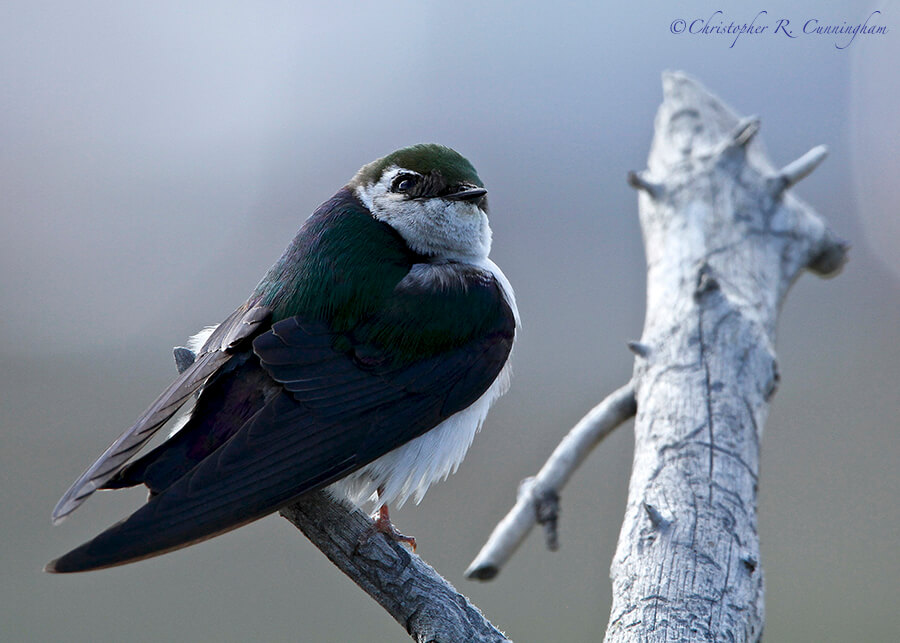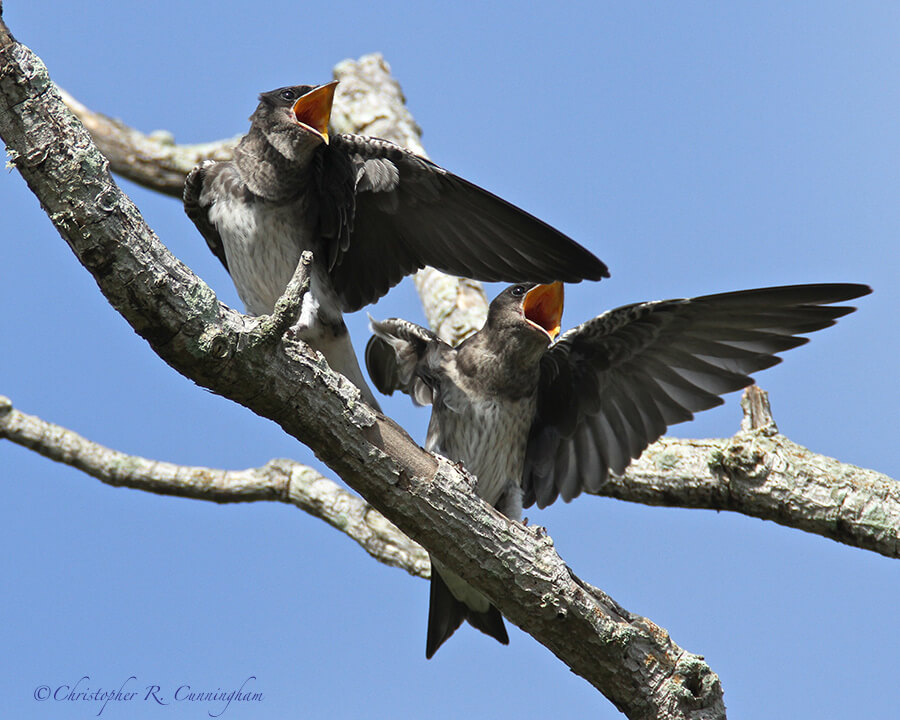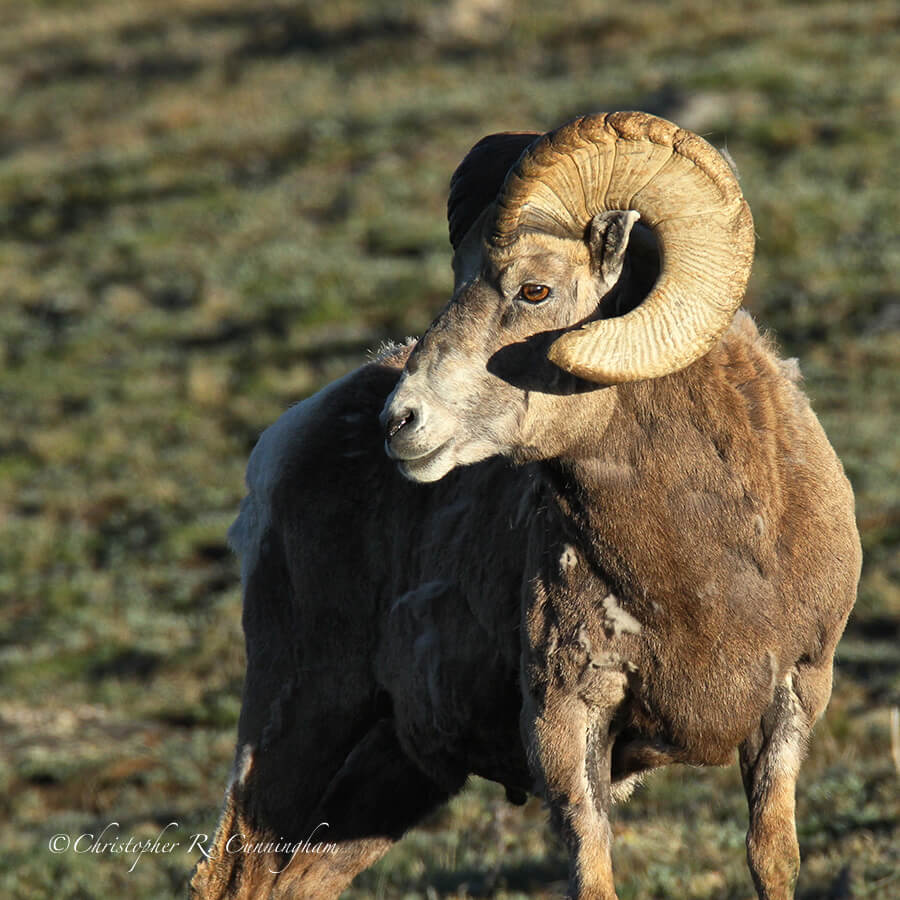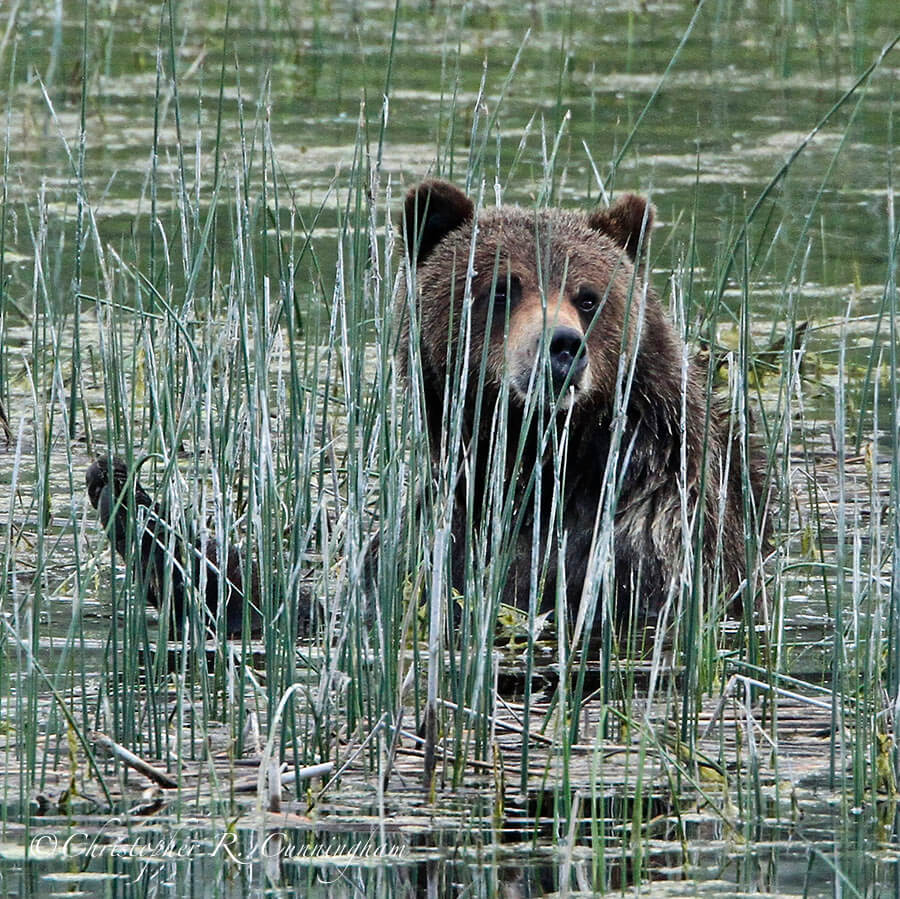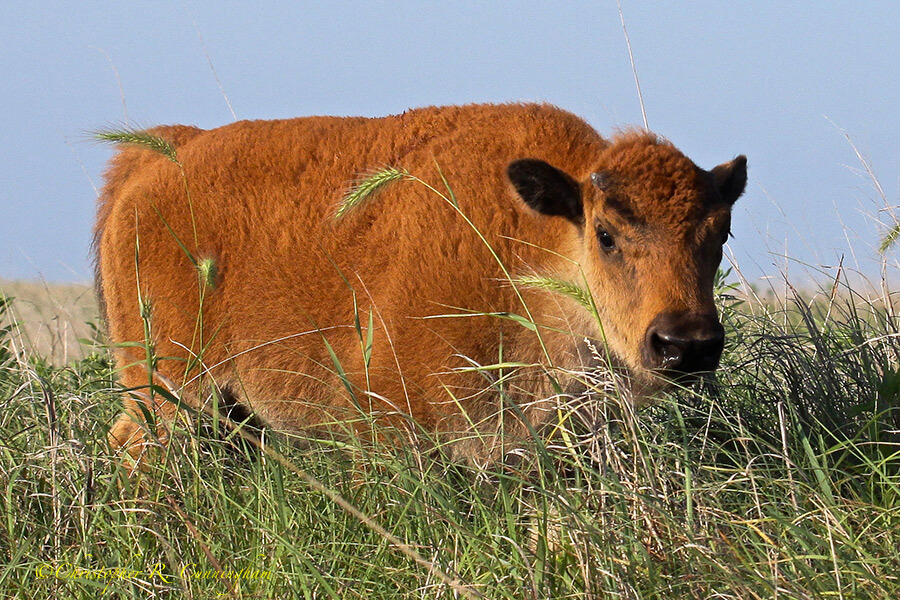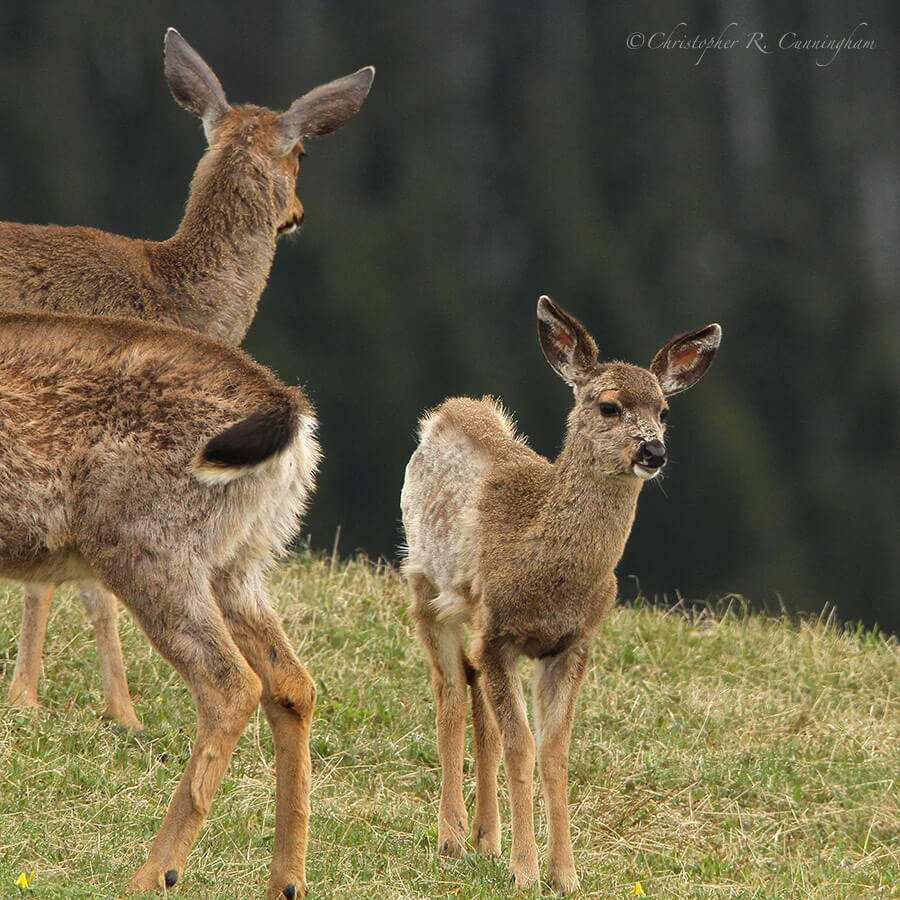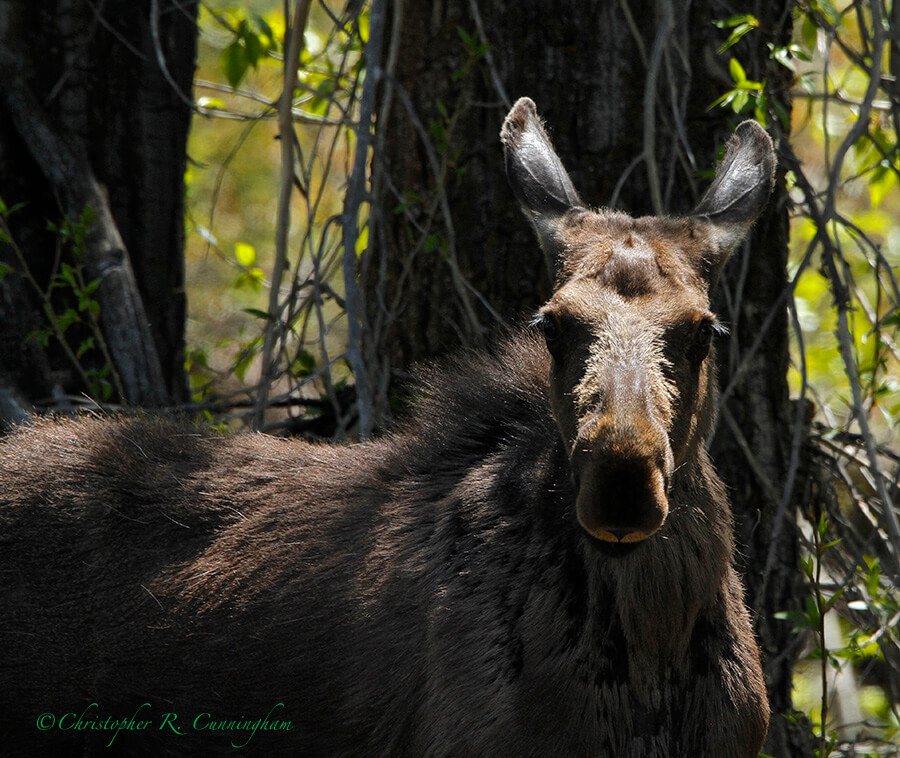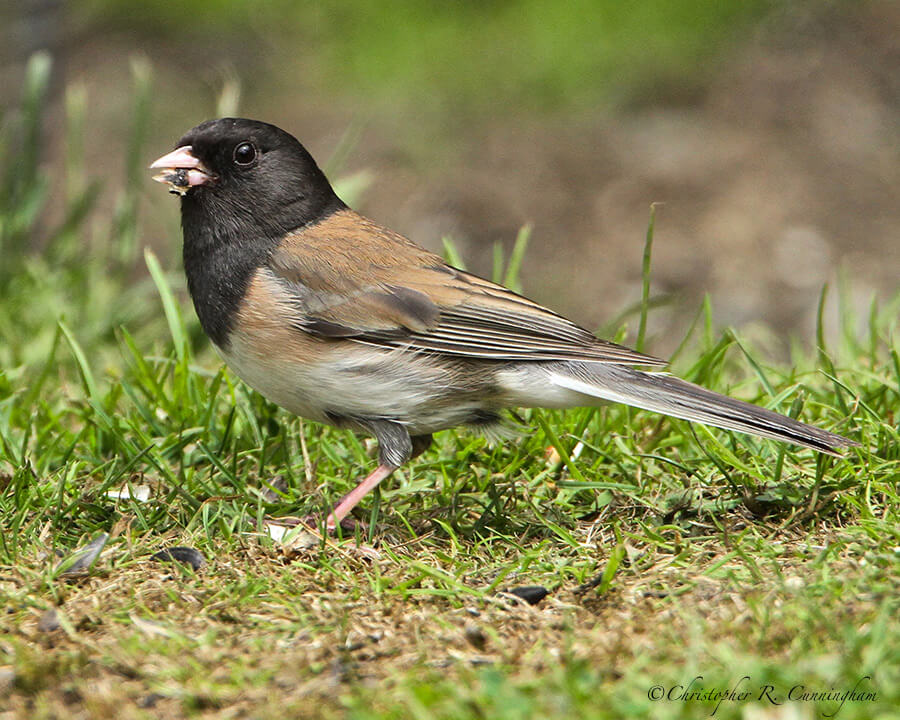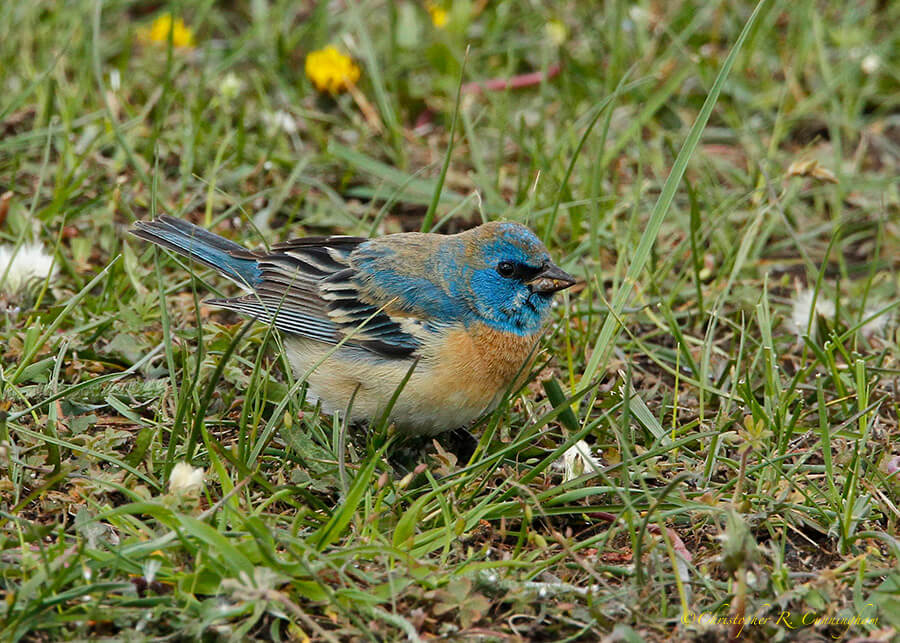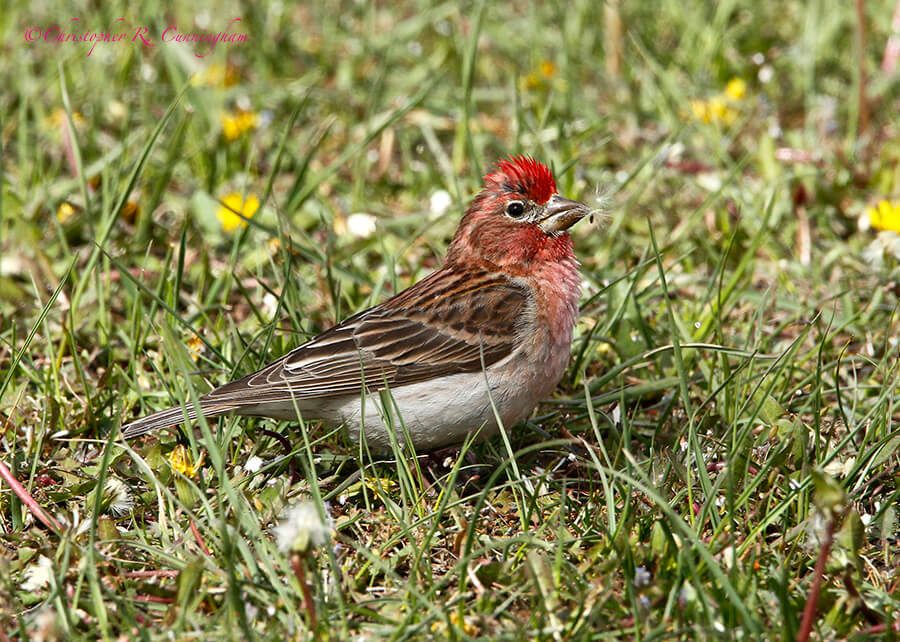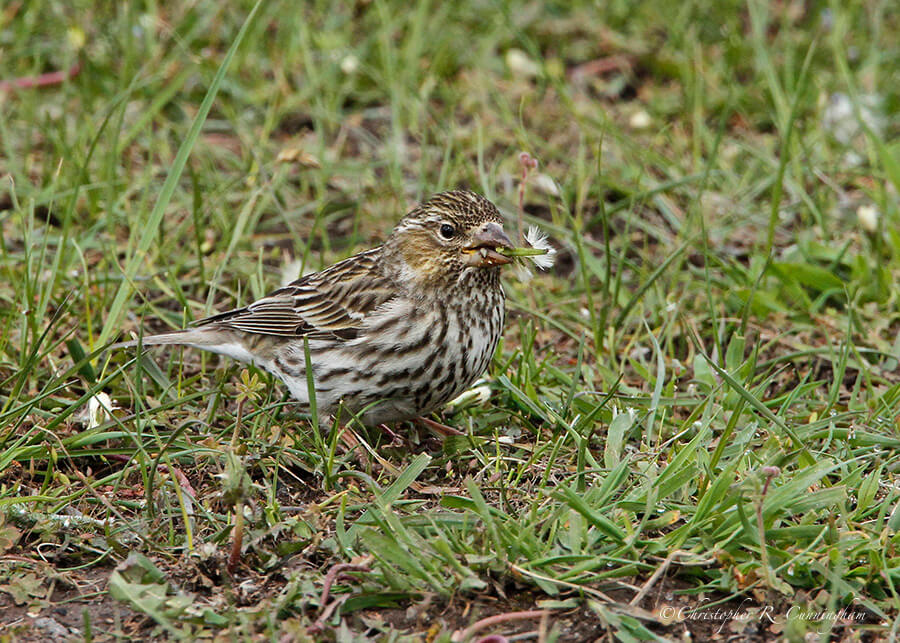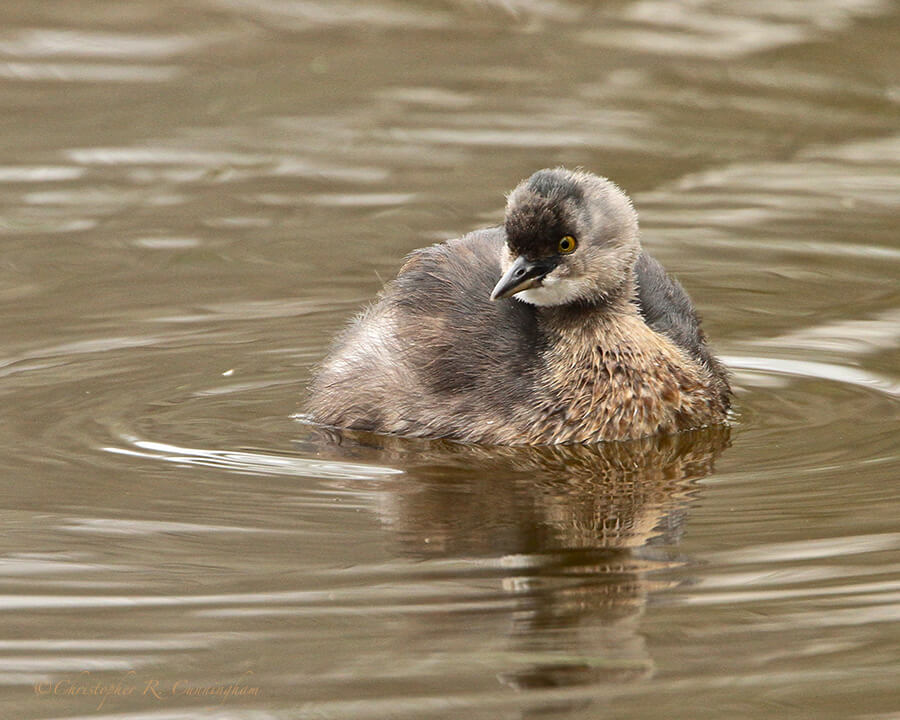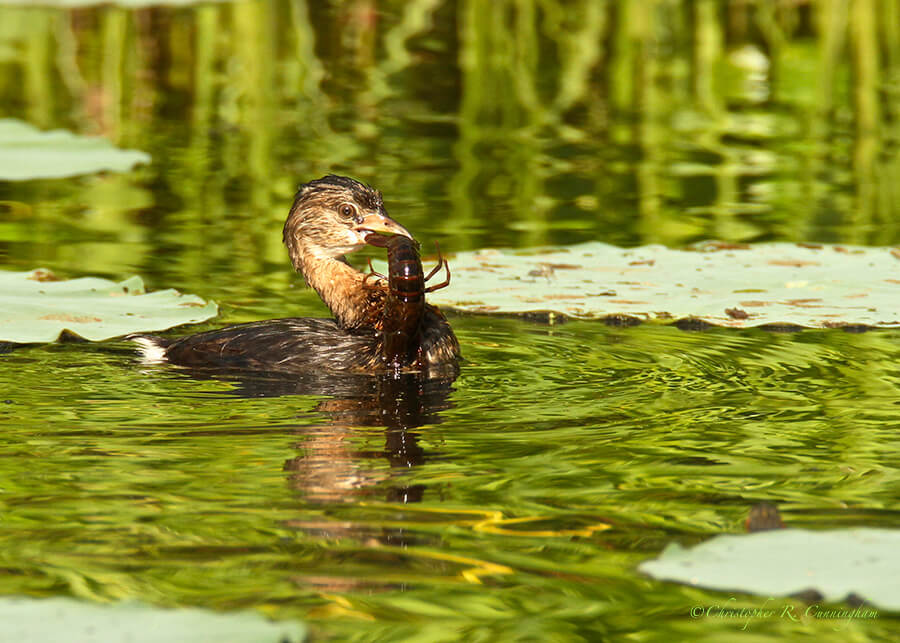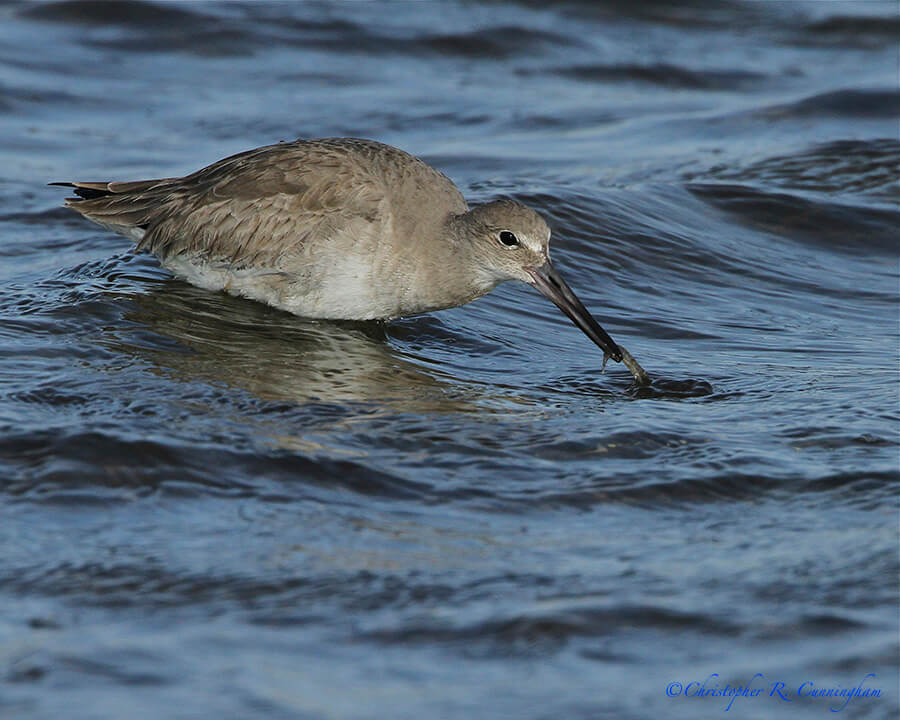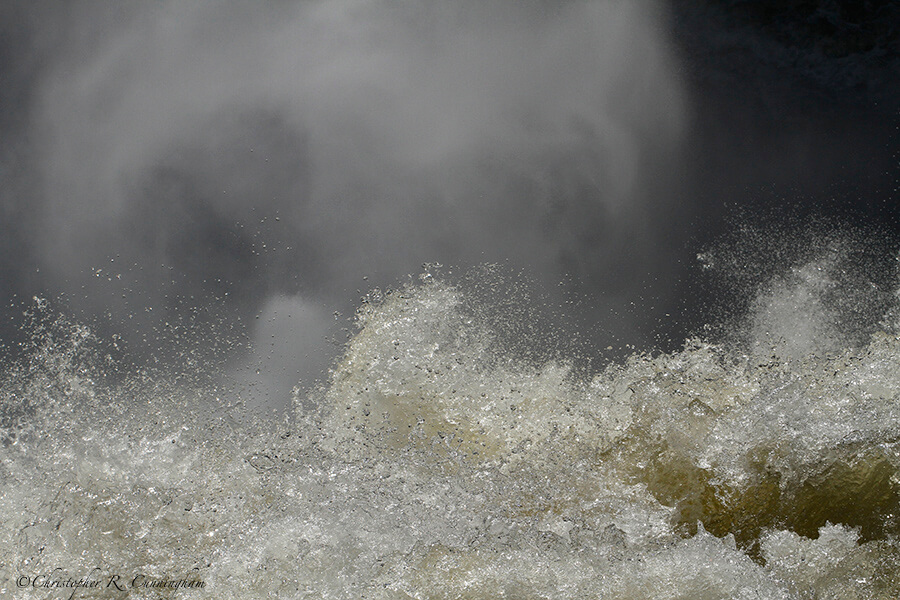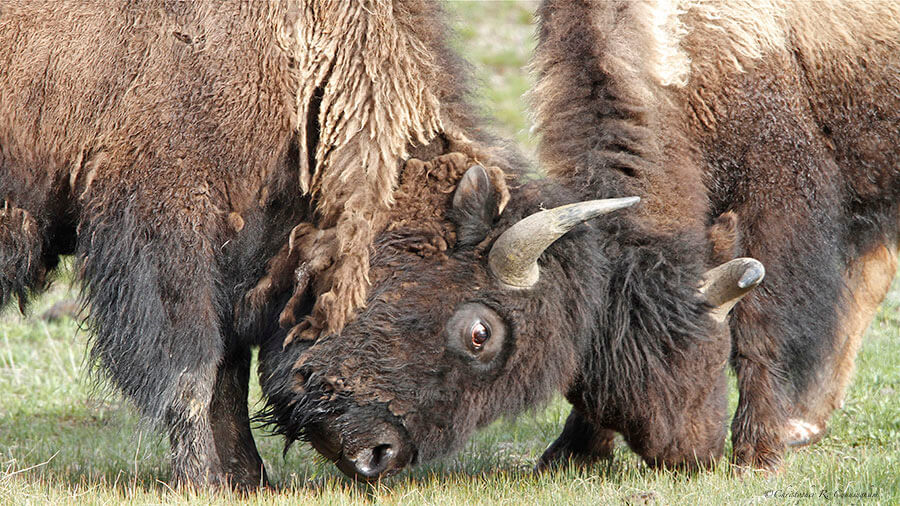The traveler sees what he sees, the tourist sees what he has come to see.–Gilbert K. Chesterton
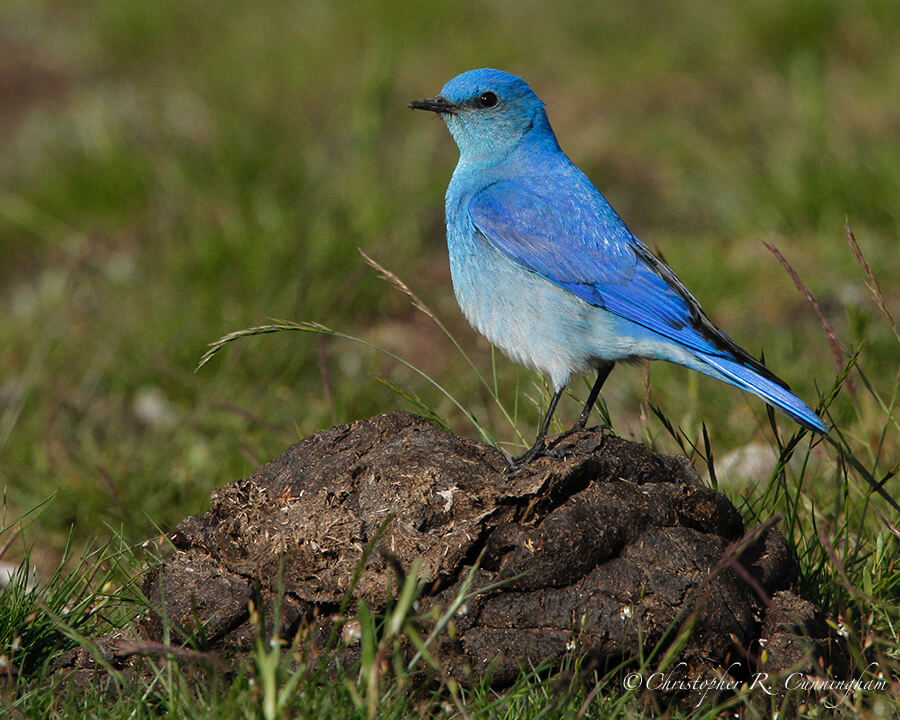
We know plenty of birders who are perfectly happy birding around the Houston area with never a thought of traveling to bird. Their birding activities often taper off by May with the end of the spring migration. We bird into the summer but by about late June, we are more than ready to say goodbye to the Texas Gulf Coast swelter (and the Summer People and their various noisemakers) and hit the road for somewhere new.
Since we started birding, summer trips are almost invariably well to the north for obvious reasons, ornithological and climatological. After a temporary lapse of reason, we once traveled to the Rio Grande Valley during summer, and we have been known to visit the deserts of West Texas, New Mexico, and Arizona during the hot weather–usually in areas that have altitude, though. Right about this time of year I can’t help but think of General Sheridan . . . “If I owned Texas and Hell . . . .”
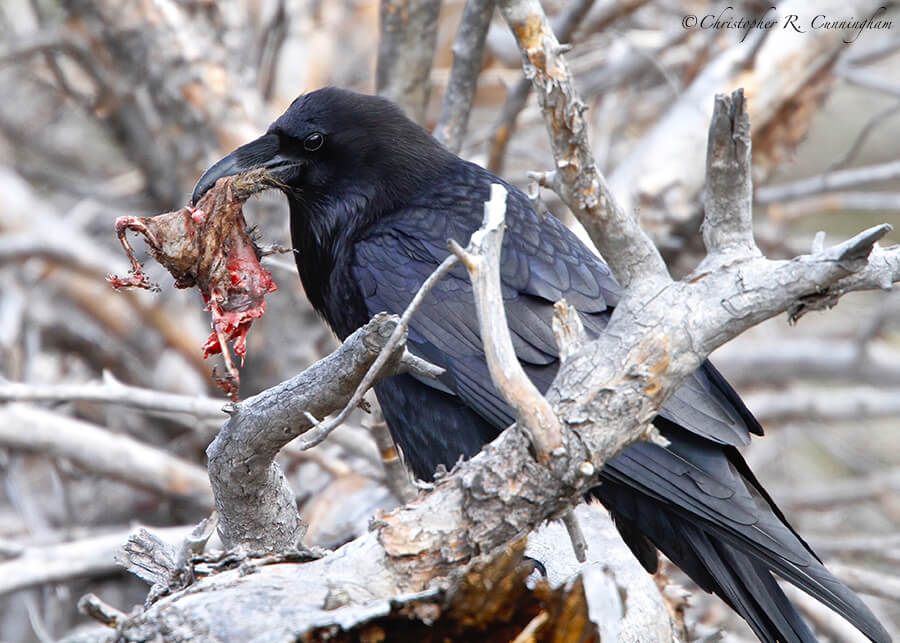
National parks are prime birding destinations and our greatest national treasure, but we will also travel to state parks, national wildlife refuges, or even simply regions (hopefully desolate) of the country with a different avifauna. Sometimes we travel with the intention of seeing particular species or habitats, other times we’re perfectly open to whatever we find. Sometimes, then, we’re travelers and sometimes we’re tourists, in Chesterton’s terminology.
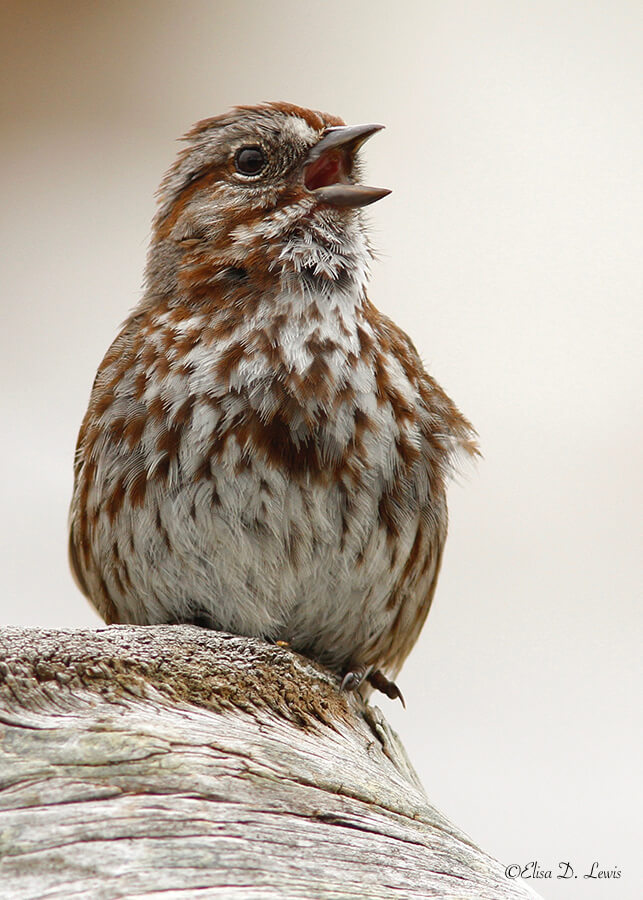
The greatest danger in birding travel is to remain unchanged by it, to become part of the gawking rabble at the foot of the mountain. Think of the Sinclair Lewis’ satire of travel and travelers in The Man Who Knew Coolidge and their inability to become broadened by the experience. He must have had quite a laugh at the rubes . . . .
To avoid being an ugly birding American is to travel with purpose, general or specific, to place one’s observations from new geographies into the context of what you already know about your birds. You won’t hear a Wilson’s Warbler sing in Texas, but you will in Oregon. To complete the picture, the birder must travel because the birds do . . . .
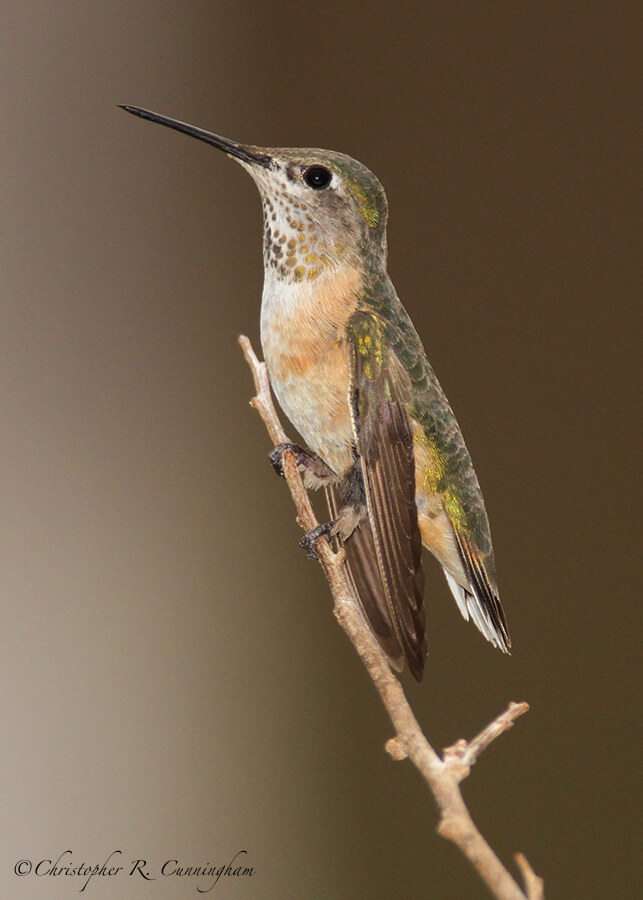
©2017 Elisa D. Lewis and Christopher R. Cunningham. All rights reserved. No text or images may be duplicated or distributed without permission.
